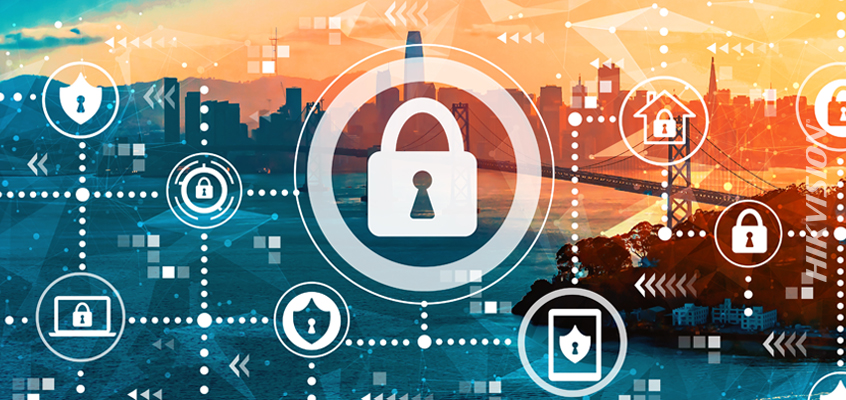Le Magazine Security se penche sur la prévention des cybermenaces et du piratage de vos employés en télétravail

Les piratages informatiques liés à COVID se développent, le directeur principal de la cybersécurité de Hikvision comment travailler en toute sécurité à domicile
Alors que la pandémie a poussé de nombreux travailleurs à adopter un modèle de travail à domicile (WFH), les pirates informatiques trouvent des moyens de profiter de la situation. L'article du magazine Security, ‘‘Four ways to stop cybercriminals from capitalizing on your remote workers’’, couvre l'étendue de la nouvelle menace et offre des conseils pour éviter d'être victime de piratage ou d'autres problèmes de sécurité.
COVID-19 a intensifié les défis de sécurité du réseau. Selon l'article, les responsables de la sécurité ont constaté une croissance des cyberattaques de 300% depuis le début de la crise. Les méthodes habituelles utilisées par les pirates informatiques, notamment l’hameçonnage, les logiciels malveillants et d'autres problèmes de sécurité, continuent à se produire, mais à une échelle beaucoup plus grande.
Pour lutter contre les pirates qui cherchent à exploiter les travailleurs vulnérables, le magazine Security propose plusieurs conseils. Nous avons abordé trois des quatre conseils de cybersécurité ci-dessous.
• Utilisez un réseau privé virtuel (VPN) pour plus de sécurité : les employés et les responsables de la sécurité peuvent améliorer la cybersécurité en se connectant à un VPN sécurisé via Internet.
• Mettre en œuvre un modèle de sécurité Confiance Zéro : le directeur principal de la cybersécurité de Hikvision, Chuck Davis, a discuté de la Confiance Zéro dans ce blogue Hikvision. Dans ce document, il a déclaré que la segmentation du réseau est une première étape essentielle pour protéger les réseaux et les systèmes. L'approche Confiance Zéro utilise la microsegmentation pour déterminer si un utilisateur, une machine ou une application peut être approuvé.
• Exiger une authentification multifacteur (MFA) : M. Davis de Hikvision a fourni une introduction à l’AMF et comment l'utiliser pour une sécurité accrue dans ce blogue Hikvision, où il a déclaré : ‘‘L’AMF ajoute deux ou plusieurs éléments de preuve ou facteurs vérifiables au processus d'authentification pour réduire considérablement les problèmes de sécurité en réduisant les chances que la mauvaise personne accède à un compte.’’
Alors que les risques de piratage et les cybermenaces augmentent, Hikvision a couvert un large éventail de tendances en matière de cybersécurité dans son blogue pour vous aider à identifier les menaces et éviter d'en devenir une victime. Consultez notre série de cyberblogues par M. Davis, avec des conseils pour travailler en toute sécurité.
